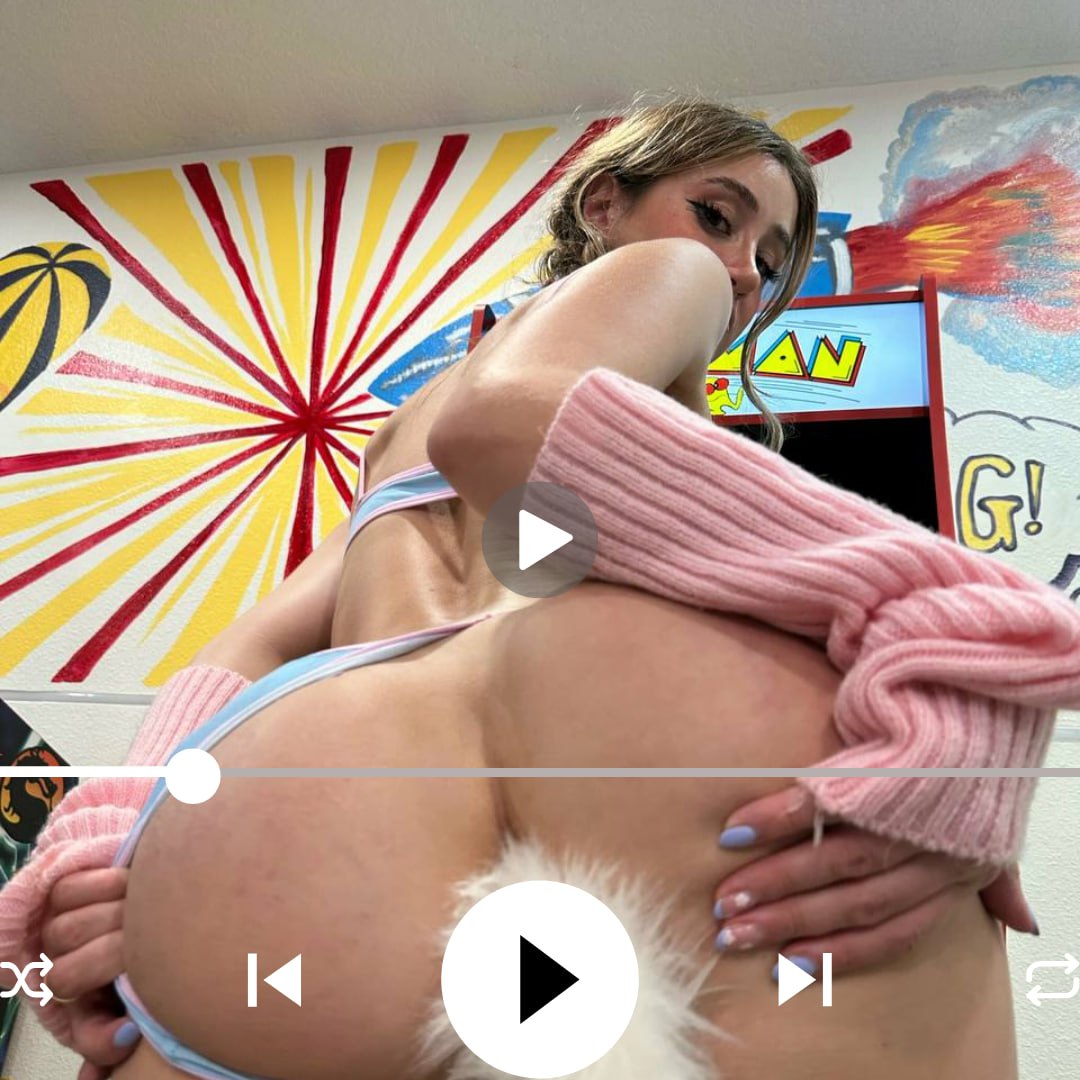KANSAS CITY — The Yankees and their “torpedo” bats were the talk of the Guardians’ clubhouse before Sunday’s game againt the Royals.
The new bats helped the Yankees hit nine home runs against the Brewers on Saturday at Yankee Stadium. The bats, which have reportedly been approved by MLB, move more wood toward the middle of the bat.
They were specifically designed for shortstop Paul Volpe because the Yankees’ analytical department found that he made a lot of contact on the label of the bat. Volpe has homers in the Yankees first two games.
Aaron Judge hit three homers on Saturday for the Yankees, but it was not known if he used the new bat.
“I have a little bit of that in my bats,” said center fielder Lane Thomas. “See how it’s shaved a little at the end and the barrel is right there? The Yankees are just an exaggerated version.
“It looks like it works. I’ll need to see it for a couple of more weeks before I go and get one.”
Thomas pointed to the foul ball marks on his bat. Most of them were near the label.
“It gives you more margin for error because you make more contact toward the middle of the bat,” said Thomas. “The barrel isn’t pushed toward the end of the bat. It’s kind of in the middle of the bat. If you get jammed, you have a little more juice.
“I’m guessing that’s why they use it.”
Utility man Daniel Schneemann was another interested Guardians’ hitter.
“I’ve never seen anything like that,” said Schneemann. “I’m curious to see what difference it would make over the long haul. Maybe I’ll have to reach out to my bat company and make me a couple.
“I mean they hit nine homers. I don’t know if it’s related. I’m willing to try anything. If something like that helps hitters, I think it’s cool.”
The new design is as much about physics as it is wood. There’s mass and velocity meeting a moving object.
“It puts more mass toward the middle of the bat, which makes the end of the bat thinner,” said Schneemann. “The idea is to move more mass toward the handle. Not right at the handle, but to where the bat starts to get thicker.”
Over the last several years, baseball’s technological advances have favored pitchers over hitters. Perhaps the torpedo bat will help even the field.
“It makes me want to move the strike zone on them,” said right-hander Ben Lively, when asked about the Yankees’ bats. “If they’re doing that, they’re looking for more pitches on the plate. It means we have to stay on the edges (the weakest areas of the bat).
“Especially, if we go inside. That would way more destructive. I’m not afraid to throw it off a knuckle.”
Said Triston McKenzie, another pitcher, “Everybody is looking for an edge all the time. If that’s what they need, that’s what they need. Apparently, it works.
“They might be more susceptible to spin because there’s less barrel at the end of the bat … It could help the hitters, but it might also hurt them.”
Golfers have clubs designed specifically for their swings. More and more players have tried to get bats designed to their swings. Steven Kwan and Will Brennan are two Guardians who have experimented with that.
Kwan uses a hockey-puck style handle on the end of his bat. It puts more weight on the handle of the bat, which helps him increase bat speed and torque
“At the end of the day, it’s whatever feels best for each player,” said manager Stephen Vogt. “It’s still a human that has to hit it. It’s not the bat hitting the homer.
“It makes sense. Every player’s bat is weighted differently. The weight is distributed differently. Why not put the weight in the middle? But I think that’s a complete individual feel thing for each person.”
Rule 3.02 of the MLB rulebooks covers regulatons for bats:
(a) The bat shall be a smooth, round stick not more than 2.61 inches in diameter at the thickest part and not more than 42 inches in length. The bat shall be one piece of solid wood.
Note: No laminated or experimental bats shall be used in a professional game (either championship season or exhibition games) until the manufacturer has secured approval from the Rules Committee of his design and methods of manufacture.
(b) Cupped Bats. An indentation in the end of the bat up to 1 1/4 inches in depth is permitted and may be no wider than two inches and no less than one inch in diameter. The indentation must be curved with no foreign substance added.
(c) The bat handle, for not more than 18 inches from its end, may be covered or treated with any material or substance. Any such material or substance that extends past the 18-inch limitation shall cause the bat to be removed from the game.
d) No colored bat may be used in a professional game unless approved by the Rules Committee.



